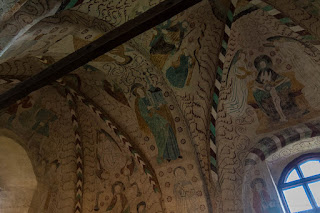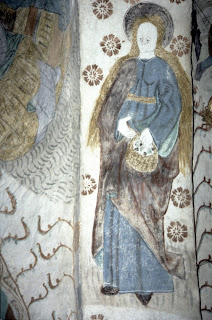Das Wort Gottes als Schrift, Predigt und Seinswirklichkeit

[Ich bitte um Geduld wegen meine grammatischen Fehler] Theologie ist Kenntnis bzw. Wissenschaft des Wortes Gottes. Die eigentliche, buchstäbliche Meinung des Wortes θεολόγια ist gerade „das Wort Gottes“. Besonders die protestantische Theologie hat immer hervorgehoben, dass der einzige Boden alles christlichen Denkens das Wort Gottes sei, und damit hat man letztlich – wenn nicht ausschließlich - die Heilige Schrift gemeint. Allerdings ist zu beachten, dass es steht außer Frage, wenigstens inmitten den kirchlich-geistlichen Sprachgebrauch, dass das Wort Gottes heißt die Bibel. Einen Laienperson kann es verwirrend anmuten, wenn es nicht so unbedingt sei. Jedoch kann man behaupten, dass die Idee des Wortes Gottes als ein gedruckter Bibeltext ist - theologiegeschichtlich gesehen - sehr spät. In der Tat ist es nicht mehr als fünfhundert Jahre alt: Bibel als ein Buch veranlasst Buchdruckerei und Leserschaft. Der Anzahl lesekündige Christen war bis die Reformation – und auch später – sehr g













